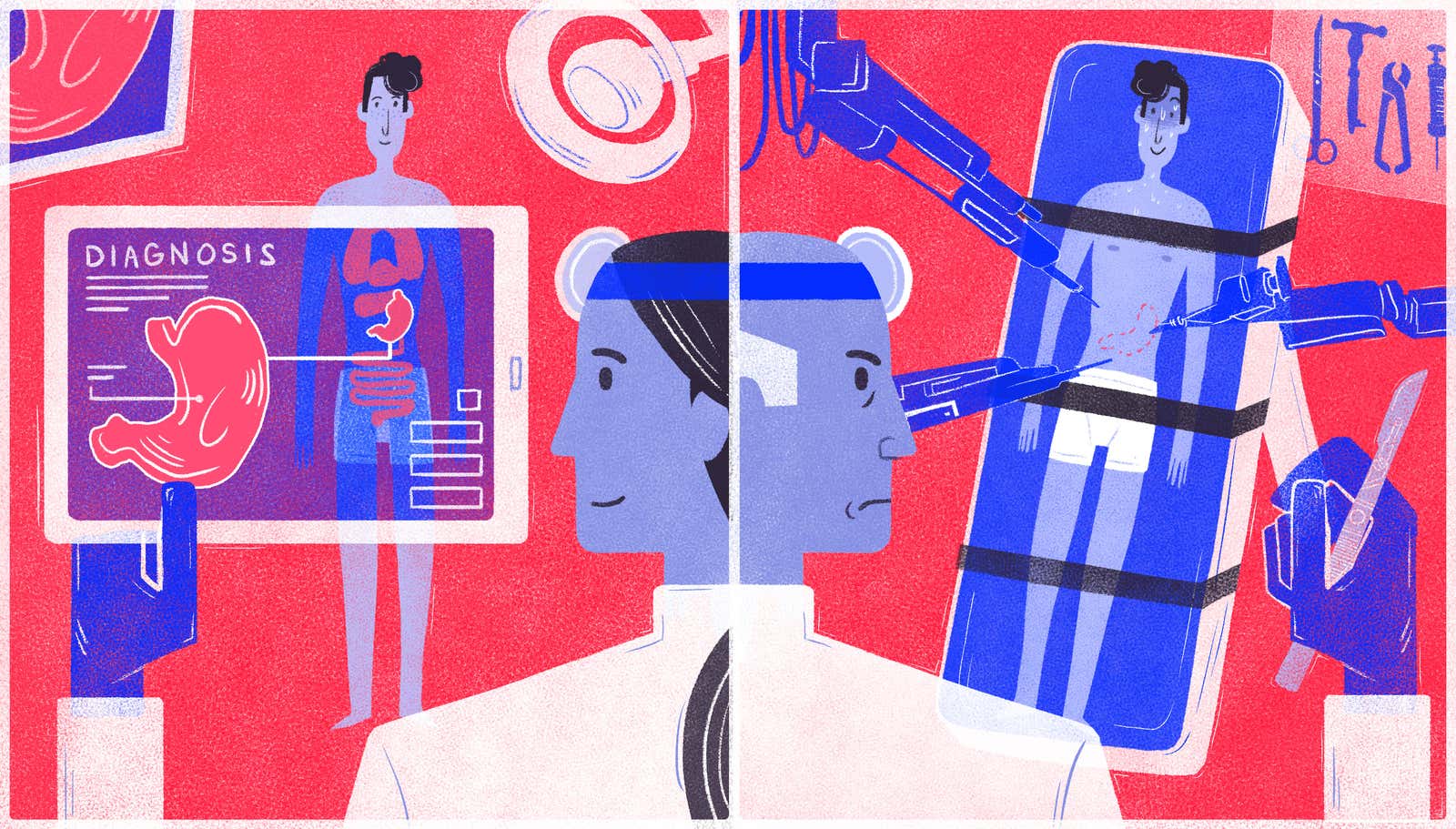I Finally Found a Doctor Using Modern Technology

When most people look for a doctor , they try to find someone covered by their insurance near their home or work, and perhaps recommended by others. I’m looking for these things too, but what I really want — and, as I understand it, very difficult to find — is a doctor who uses 21st century tools like email.
The day my husband’s new primary care provider emailed him a summary of his first visit and an invitation to discuss it by e-mail, I was amazed. Do doctors use email and allow patients to send them questions? At the time, my doctor’s office didn’t even have a website, let alone send emails or text messages.
Now, when I am looking for a doctor, be it a general practitioner, dentist, pediatrician or other specialist, I insist on finding a doctor who uses modern technologies such as online appointments and payments, digital X-rays, online access to medical records and the last transmission.
It’s not just convenience, although it’s an important factor. Modern medical technology is also about comfort and stress reduction. For example, taking an X-ray at the dentist has always been not only inconvenient for me, but also completely painful. (Apparently I have a small mouth and very sensitive gums – a bad combination for biting large, sharp plastic objects.) I’ve changed dentist offices more times than I can count, just looking for someone who empathizes with the pain instead of to just treat me as a “difficult” patient. Browsing dentists’ websites and photo galleries, I found an office that takes panoramic x-rays : you just have to stand still as the x-ray rotates around you and no objects crash into your gums. It’s almost magical.
Likewise, I once needed an MRI to figure out why I had a sudden migraine. Knowing nothing about the MRI, I just went to the nearest place where the doctor directed me. They used a traditional machine – one that makes you feel trapped in a noisy metal coffin. If I did my research, I would know that there are newer alternatives like open MRI and vertical MRI , and I could spare myself this discomfort.
Modern technology can also make treatment safer. Dr. Rusty Hofmann writes about the Grand Rounds :
Although there is no industry-wide definition of modern health care, it can be roughly defined as innovative, cutting-edge, and often outside the “norm” of traditional care. Modern medical care can be applied to technology, practitioners and doctors.
For example, a colleague of mine is the only one in the world who can remove an embedded inferior vena cava filter (a medical device inserted into the heart) using a laser. The alternative way to remove the filter is difficult and dangerous, which is why people from all over the world ask for his advice. He provides cutting edge care.
Finding a good doctor is often difficult in itself, making it even more difficult to find a doctor with the latest technology. I usually start my search for a modern doctor by browsing their websites, looking at their office photos and any mention of the technology they use, but this can be misleading. I have visited dentists who have promised that they will use “painless laser treatments” for the comfort of their patients, only to find that they are still using the torturous old scraping instruments. I’ve tried reading doctors’ reviews on sites like Health Grades and RateMDs , but few mention what equipment doctors use.
My parents, who are both retired physicians, shared their advice for finding a top physician: Look for practitioners who do cutting-edge research. This is how they found a laser surgeon for me (the doctor was the principal investigator in numerous national studies related to my particular eye problem) and how they chose the doctor who would perform heart surgery on my father. You can use sites such as ClinicalTrials.gov or Pubmed.gov to find resources related to your medical diagnosis or needs.
However, the simplest solution I have found is to check out large reputable hospitals and their medical networks. Offices that are part of these networks are more likely to use digital and emerging technologies because they have the resources to do so. As Dr. Hofmann says:
If you have been diagnosed with a frightening diagnosis, go to the larger and more respected hospitals that have already received the most modern treatment. For example, some of the larger, more established hospitals can afford the latest and greatest technology, such as an advanced MRI machine, often several years earlier than nearby hospitals. In fact, academic hospitals often partner with medical device manufacturers to help develop new technologies together.
I recently needed to get an X-ray and went to a hospital I had never been to before. All I had to do was log in using my tablet, because my notes and doctor’s prescription were already in the system thanks to the large NYU medical network. They even took my digital palm print and a photograph of me to identify me in the future (it really looks a bit like Big Brother, but I also felt like I was living in the future). This saved time and one less nuisance when going to the doctor was already a problem. And the next day I was able to go to the website of the medical center and read the message from the doctor.
Modern medical technology and tools don’t necessarily mean the best care, so your first priority is to find a doctor you trust and feel comfortable with, who is attentive to your needs, listens to you, and gives you the treatment that truly makes you feel better. But take it a step further and determine what is up-to-date to meet your specific health needs. You can find a great physician whose practice didn’t get stuck in 1899 either.